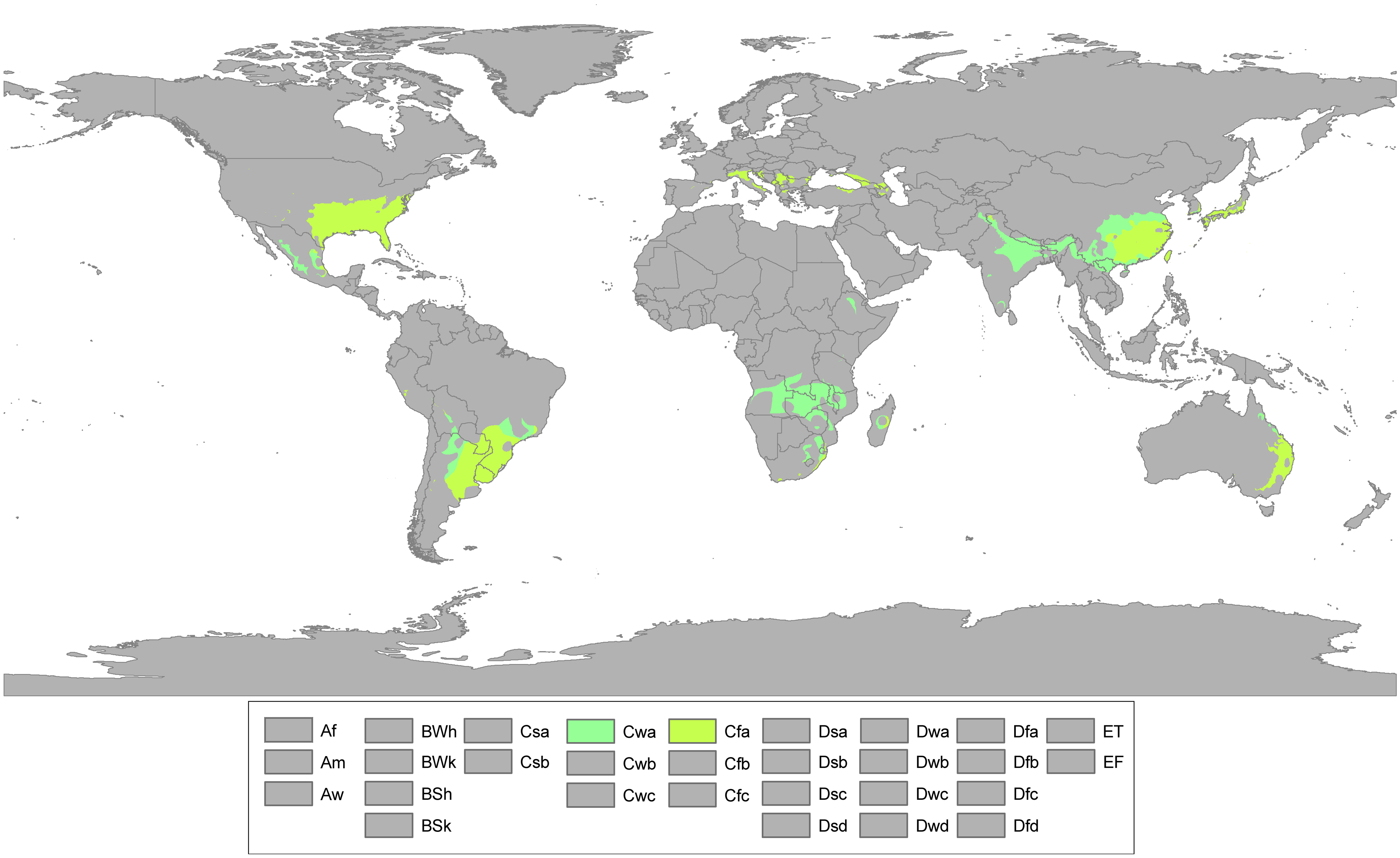|
Brinkley, AR
Brinkley is the most populous city in Monroe County, Arkansas, United States. As of the 2020 census, the population was 2,700, down from 3,188 in 2010. Located within the Arkansas Delta, Brinkley was founded as a railroad town in 1872. The city has historically been a transportation and agricultural center in the region, more recently developing a reputation for outdoors recreation and the ivory-billed woodpecker. Birding has become important to the city and region following the purported discovery of the ivory-billed woodpecker in 2004, a species thought to be extinct 60 years earlier. Located halfway between Little Rock and Memphis, the city has used the slogan "We'll Meet You Half-Way" in some of its advertising campaigns. History In 1852, a land grant for the construction of rail lines was given to the Little Rock and Memphis Railroad Company, led by its president Robert Campbell Brinkley. Born in North Carolina, Brinkley lived in Memphis, where he served a public car ... [...More Info...] [...Related Items...] OR: [Wikipedia] [Google] [Baidu] |
List Of Counties In Arkansas
There are 75 counties in the U.S. state of Arkansas. Arkansas is tied with Mississippi for the most counties with two county seats, at 10. __TOC__ Counties Former counties in Arkansas Lovely County Created on October 13, 1827, partitioned from Crawford County. The Treaty of Washington, 1828 ceded most of its territory to Indian Territory. Abolished October 17, 1828 with the remaining portion becoming Washington County. Miller County Created from Hempstead County. Most of its northern portion was in Choctaw Nation (now part of Oklahoma); rest of northern portion was dissolved into Sevier County in 1828. All of its southern portion was in Texas, and was nominally dissolved into Lafayette County in 1838. Notes References External links State of Arkansas local government resources search {{Arkansas Arkansas, counties in Counties A county is a geographic region of a country used f ... [...More Info...] [...Related Items...] OR: [Wikipedia] [Google] [Baidu] |
White And Black River Valley Railway
The White and Black River Valley Railway (“W&BRV”), previously called the Batesville and Brinkley Railroad (“B&B”), had a line between the towns of Brinkley and Jacksonport, as well as a branch line between Wiville and Gregory, entirely within the State of Arkansas and about 62 miles in total length. Its predecessor railroad was started in 1879, and the final portion of the line was closed in 1941. The railroad began as a narrow-gauge railway which was modified to become even narrower, but later converted to standard gauge. It was operated under lease by other railroads for much of its lifespan. History Cotton Plant Railroad The prehistory of the W&BRV starts with the partnership of Gunn & Black, which owned a sawmill near Brinkley, Arkansas. To haul logs to their mill, the partnership on July 1, 1879 began operating a 3-foot 6-inch gauge private rail line which originated from their mill and was extended in the direction of the town of Cotton Plant which was 11 mil ... [...More Info...] [...Related Items...] OR: [Wikipedia] [Google] [Baidu] |
White (U
White is the lightest color and is achromatic (having no hue). It is the color of objects such as snow, chalk, and milk, and is the opposite of black. White objects fully reflect and scatter all the visible wavelengths of light. White on television and computer screens is created by a mixture of red, blue, and green light. The color white can be given with white pigments, especially titanium dioxide. In ancient Egypt and ancient Rome, priestesses wore white as a symbol of purity, and Romans wore white togas as symbols of citizenship. In the Middle Ages and Renaissance a white unicorn symbolized chastity, and a white lamb sacrifice and purity. It was the royal color of the kings of France, and of the monarchist movement that opposed the Bolsheviks during the Russian Civil War (1917–1922). Greek and Roman temples were faced with white marble, and beginning in the 18th century, with the advent of neoclassical architecture, white became the most common color of new churches ... [...More Info...] [...Related Items...] OR: [Wikipedia] [Google] [Baidu] |
Humid Subtropical Climate
A humid subtropical climate is a zone of climate characterized by hot and humid summers, and cool to mild winters. These climates normally lie on the southeast side of all continents (except Antarctica), generally between latitudes 25° and 40° and are located poleward from adjacent tropical climates. It is also known as warm temperate climate in some climate classifications. Under the Köppen climate classification, ''Cfa'' and ''Cwa'' climates are either described as humid subtropical climates or warm temperate climates. This climate features mean temperature in the coldest month between (or ) and and mean temperature in the warmest month or higher. However, while some climatologists have opted to describe this climate type as a "humid subtropical climate", Köppen himself never used this term. The humid subtropical climate classification was officially created under the Trewartha climate classification. In this classification, climates are termed humid subtropical when the ... [...More Info...] [...Related Items...] OR: [Wikipedia] [Google] [Baidu] |
Köppen Climate Classification
The Köppen climate classification is one of the most widely used climate classification systems. It was first published by German-Russian climatologist Wladimir Köppen (1846–1940) in 1884, with several later modifications by Köppen, notably in 1918 and 1936. Later, the climatologist Rudolf Geiger (1894–1981) introduced some changes to the classification system, which is thus sometimes called the Köppen–Geiger climate classification system. The Köppen climate classification divides climates into five main climate groups, with each group being divided based on seasonal precipitation and temperature patterns. The five main groups are ''A'' (tropical), ''B'' (arid), ''C'' (temperate), ''D'' (continental), and ''E'' (polar). Each group and subgroup is represented by a letter. All climates are assigned a main group (the first letter). All climates except for those in the ''E'' group are assigned a seasonal precipitation subgroup (the second letter). For example, ''Af'' indi ... [...More Info...] [...Related Items...] OR: [Wikipedia] [Google] [Baidu] |
United States Census Bureau
The United States Census Bureau (USCB), officially the Bureau of the Census, is a principal agency of the U.S. Federal Statistical System, responsible for producing data about the American people and economy. The Census Bureau is part of the U.S. Department of Commerce and its director is appointed by the President of the United States. The Census Bureau's primary mission is conducting the U.S. census every ten years, which allocates the seats of the U.S. House of Representatives to the states based on their population. The bureau's various censuses and surveys help allocate over $675 billion in federal funds every year and it assists states, local communities, and businesses make informed decisions. The information provided by the census informs decisions on where to build and maintain schools, hospitals, transportation infrastructure, and police and fire departments. In addition to the decennial census, the Census Bureau continually conducts over 130 surveys and programs ... [...More Info...] [...Related Items...] OR: [Wikipedia] [Google] [Baidu] |
Interstate 40
Interstate 40 (I-40) is a major east–west Interstate Highway running through the south-central portion of the United States. At a length of , it is the third-longest Interstate Highway in the country, after I-90 and I-80. From west to east, it passes through California, Arizona, New Mexico, Texas, Oklahoma, Arkansas, Tennessee, and North Carolina. Its western end is at I-15 in Barstow, California, while its eastern end is at a concurrency of U.S. Route 117 (US 117) and North Carolina Highway 132 (NC 132) in Wilmington, North Carolina. Major cities served by the interstate include Flagstaff, Arizona; Albuquerque, New Mexico; Amarillo, Texas; Oklahoma City, Oklahoma; Little Rock, Arkansas; Memphis, Nashville, and Knoxville in Tennessee; and Asheville, Winston-Salem, Greensboro, Durham, Raleigh, and Wilmington in North Carolina. Much of the western part of I-40, from Barstow to Oklahoma City, parallels or overlays the historic U.S. Route 66. East of Oklaho ... [...More Info...] [...Related Items...] OR: [Wikipedia] [Google] [Baidu] |
Jonesboro, Arkansas
Jonesboro is a city located on Crowley's Ridge in the northeastern corner of the U.S. State of Arkansas. Jonesboro is one of two county seats of Craighead County. According to the 2020 Census, the city had a population of 78,576 and is the fifth-largest city in Arkansas. In 2020, the Jonesboro metropolitan area had a population of 133,860 and a population of 179,932 in the Jonesboro-Paragould Combined Statistical Area. Jonesboro is the home of Arkansas State University and is the cultural and economic center of Northeast Arkansas. History The Jonesboro area was first inhabited for thousands of years by indigenous peoples. At the time of European encounter, historic tribes included the Osage, the Caddo, and the Quapaw. The name of the state of Arkansas comes from the Quapaw language. French and Spanish traders and trappers had relations with these groups. After the United States acquired this territory in the Louisiana Purchase of 1803, American settlers eventually made ... [...More Info...] [...Related Items...] OR: [Wikipedia] [Google] [Baidu] |
Biscoe, Arkansas
Fredonia (Biscoe) is a city in Prairie County, Arkansas, United States. The population was 363 at the 2010 census. Local myth claimed the town's name "Fredonia" was for the Republic of Fredonia movement of Mexican Texas in the 1820s by a group of Arkansas Cherokee people settled near Nacogdoches, Texas. The settlers backed by white Southerners from the U.S. wanted to establish an independent Native nation but the dream ended in an armed conflict by Mexican troops. "Biscoe" was the town's official name for most of its history, being written in parentheses. It was founded in the 1810s by several thousand Cherokee settlers from Tennessee in a piece of land set aside for the Western band of Cherokee, who lost their sovereignty when Arkansas became a state in 1836. The town has an African-American majority from a history of slavery in the antebellum era and agricultural labor afterwards. Geography Fredonia (Biscoe) is located at (34.821777, -91.409205). According to the United S ... [...More Info...] [...Related Items...] OR: [Wikipedia] [Google] [Baidu] |
Wheatley, Arkansas
Wheatley is a town in southwest St. Francis County, Arkansas, United States. The population was 279 at the 2020 census, down from 355 in 2010. Geography Wheatley is located at (34.914774, -91.108721). According to the United States Census Bureau, the city has a total area of , all land. Demographics As of the 2020 United States census, there were 279 people, 191 households, and 152 families residing in the city. As of the census of 2000, there were 372 people, 151 households, and 109 families residing in the city. The population density was . There were 175 housing units at an average density of . The racial makeup of the city was 69.35% White, 29.30% Black or African American, 0.54% Native American, 0.27% from other races, and 0.54% from two or more races. 2.69% of the population were Hispanic or Latino of any race. There were 151 households, out of which 29.8% had children under the age of 18 living with them, 53.6% were married couples living together, 10.6% had ... [...More Info...] [...Related Items...] OR: [Wikipedia] [Google] [Baidu] |
Mississippi Flyway
The Mississippi Flyway is a bird migration route that generally follows the Mississippi, Missouri, and Lower Ohio Rivers in the United States across the western Great Lakes to the Mackenzie River and Hudson Bay in Canada. The main endpoints of the flyway include central Canada and the region surrounding the Gulf of Mexico. The migration route tends to narrow considerably in the lower Mississippi River valley in the states of Missouri, Arkansas, Mississippi, and Louisiana, which accounts for the high number of bird species found in those areas. Some birds use this flyway to migrate from the Arctic Ocean to Patagonia. Typically birds use this route because no mountains or ridges of hills block the path over its entire extent. Good sources of water, food, and cover exist over its entire length. About 40% of all North American migrating waterfowl and shorebirds use this route. The other primary migration routes for North American birds include the Atlantic, Central and Pacific Fl ... [...More Info...] [...Related Items...] OR: [Wikipedia] [Google] [Baidu] |





